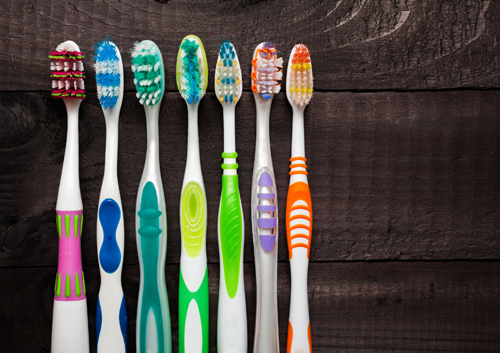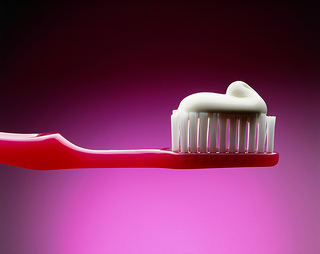How a High-Tech Office Helps Your Orthodontic Treatment
August 1st, 2017

Our office strives to bring you the latest and greatest in orthodontic techniques and technologies. Being on the cutting edge of the industry is important—it ensures you, as our patient, are getting the best orthodontic treatment you possibly can while keeping costs down!
The goal of a high-tech office is three fold: to have effective treatment, to have efficient treatment, and to make the whole process easy, painless, and cost-effective for you.
Here are some of the technologies being implemented by Dr. Sung Lee to do just that:
3D oral scanners: If you've ever experienced getting impressions the traditional way, it isn't very fun! Having a gag reflex is common and it takes several minutes on both the top and bottom of the mouth to get a successful impression.
With 3D oral scanners, we create a perfect digital scan of your teeth without radiation. We then use the results of the scan to create accurate braces, retainers, and other appliances for your unique teeth and mouth.
Digital Imaging: New digital imaging provides us with accurate, panoramic, and cephalometric views of your teeth and their supporting structures. This lets us plan and implement treatment with the utmost precision.
Not only does this kind of imaging expose patients to far less radiation than traditional X-rays but it also gives us immediate access to the images, whereas X-rays had to be developed. This expedites treatment time and means fewer trips to our Puyallup, WA office for you.
New, high-tech braces options: There are so many more choices when it comes to braces these days! Advances in the industry like Invisalign®, self-ligating braces, and lingual braces, allow patients to not only get highly accurate and precise treatment, but do so discreetly without anyone else even knowing.
Digital scanning and imaging takes the guesswork out of braces. Instead of the orthodontist estimating tooth movement and treatment progression, these days it's all computer modeled with exacting detail. The result? Your braces do exactly what they're intended to do in less time with a picture-perfect outcome.
These are just some of the advances in the orthodontic industry. Needless to say, they all make the entire process that much easier and effective for you. If you have any questions or are interested in treatment, please don't hesitate to contact our Puyallup, WA office!


